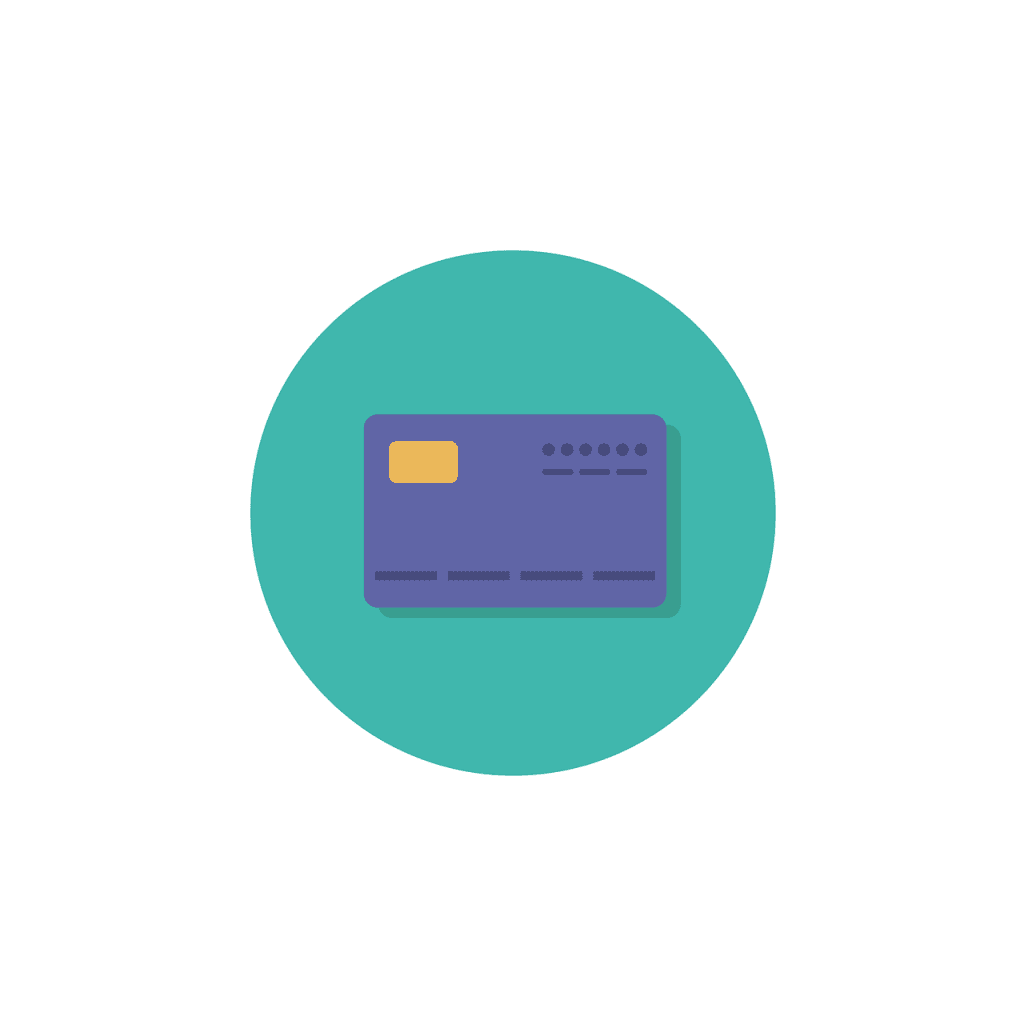Chase’s Sapphire card is certainly a success for both cardholders and the nation’s largest credit card issuer. The New York issuer rocked the credit card world when it launched a high-fee, feature-rich product that had lines of people queued up to pay a $450 annual fee with promises of first year rewards of between 60,000 and 100,000 points. Point bonuses seemed to vary as waitlines ebbed and flowed, but either way, a rewards junkie could offset the high fee with rich points.
Today’s story in the WSJ brings up an interesting issue with Chase’s top-end card, which is an unlikely, unintended result of the card’s success. The issue is probably a “good” problem, but it certainly needs better positioning.
- Bank faces tough balancing act: promoting its own card while keeping happy an airline partner that wants more money for miles
- For about three years, Al Sanzari carried two JPMorgan Chase JPM +2.47% & Co. credit cards: a United Airlines card and the Sapphire Reserve.
- He canceled the United card in March. The Sapphire card doles out more points for travel and dining, and he likes that he can redeem them for a variety of rewards—including United flights.
- “There wasn’t anything the United card was doing for me that the Chase Sapphire Reserve couldn’t,” said Mr. Sanzari, a 29-year-old nutrition coach and personal trainer.
In short, the cardholder claims that there is no reason to use the United-Chase co-brand because the Chase Sapphire card does it all.
Hmm. This hits a chord for me, personally.
This issue didn’t happen with Chase, but it influenced my decision on my American Express card. I used to have a Delta Gold American Express card, which was nice, but I found that it never got me on the plane faster than any other card because of Delta’s many “priority classes”. I traded it in at Amex for a Blue Cash Preferred card, which is an awesome product. 6% cash back on groceries and automated payments at Netflix. So far this year, the card paid me back 3:1 on the annual fee. I love Delta but not that much.
The same logic holds for this issue reported by the WSJ.
- United executives have told JPMorgan they believe the Sapphire Reserve card is competing directly with the airline’s cards and siphoning off customer spending, according to people familiar with the matter.
- While the deal lasts for another six years, according to people familiar with the matter, United President Scott Kirby has said publicly that the airline has had tough conversations about the JPMorgan partnership and wants to get more money out of it.
It is hard to get the number of United Frequent Flyers, but considering that the airline has 4,500 departures a day and 340 destinations in 54 countries, it has to be measured in the tens of millions, so that is enough of a referral base for even Chase to worry about.
- JPMorgan and United have been partners since 1987. Today, the bank issues five cards for the airline with different rewards structures.
- When JPMorgan launched Sapphire Reserve in 2016, applications for the United cards slowed, according to people familiar with the matter. United executives were unhappy, the people said. Among their complaints: the bank was offering a more generous sign-up bonus for Sapphire Reserve than the United cards, the people said.
Such an issue. Is Sapphire “too good”? Or, should the United card be amped up?
We are not talking peanuts, says the article.
- When Delta Air Lines renewed its card partnership with American Express Co. earlier this year, the airline said it expected its financial benefit from the deal to double to nearly $7 billion annually by 2023. Delta is AmEx’s largest card partner, accounting for some 21% of its world-wide credit-card balances at the end of 2018.
Either way, this illustrates the importance of reward programs to U.S. issuers, and the importance of co-brands to the airline industry.
Overview by Brian Riley, Director, Credit Advisory Service at Mercator Advisory Group
